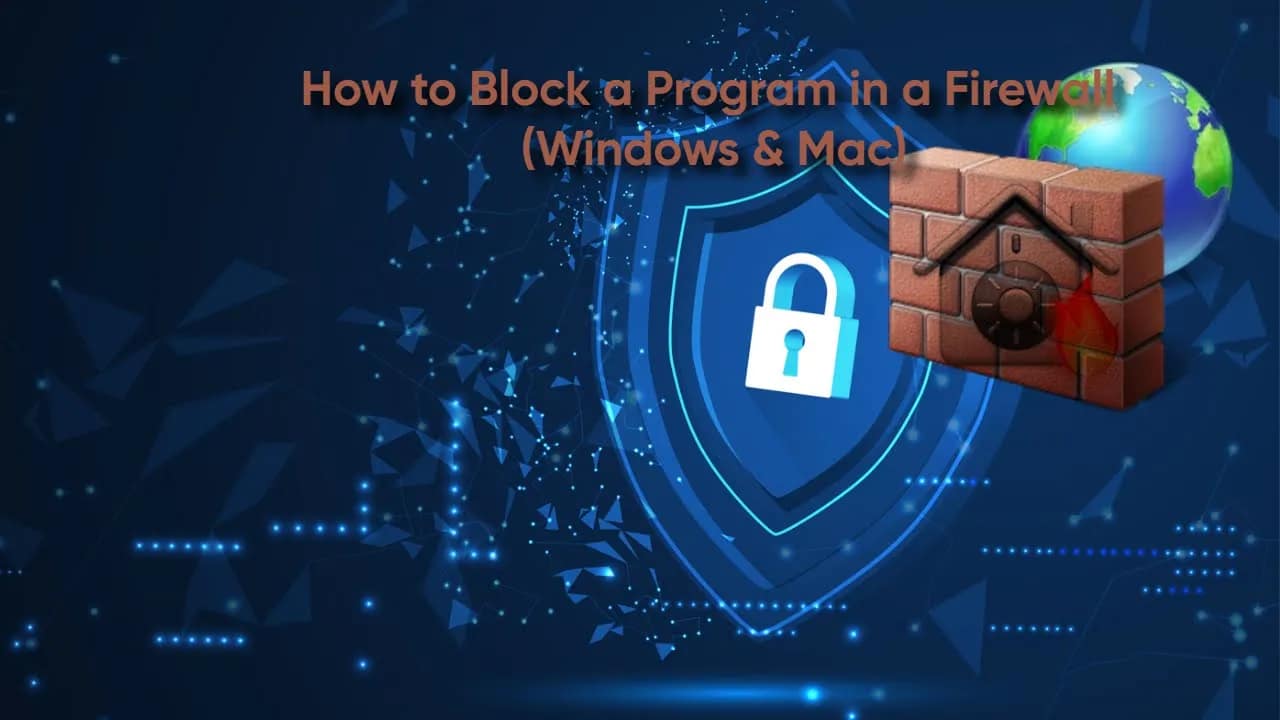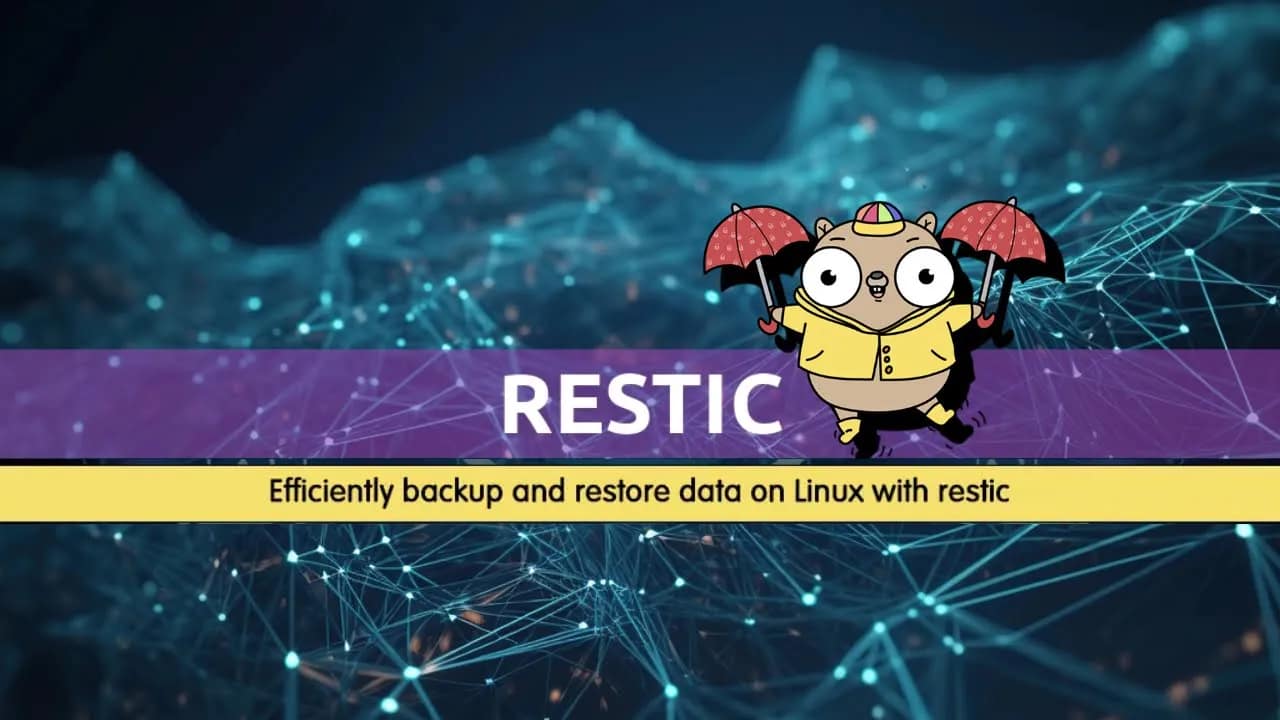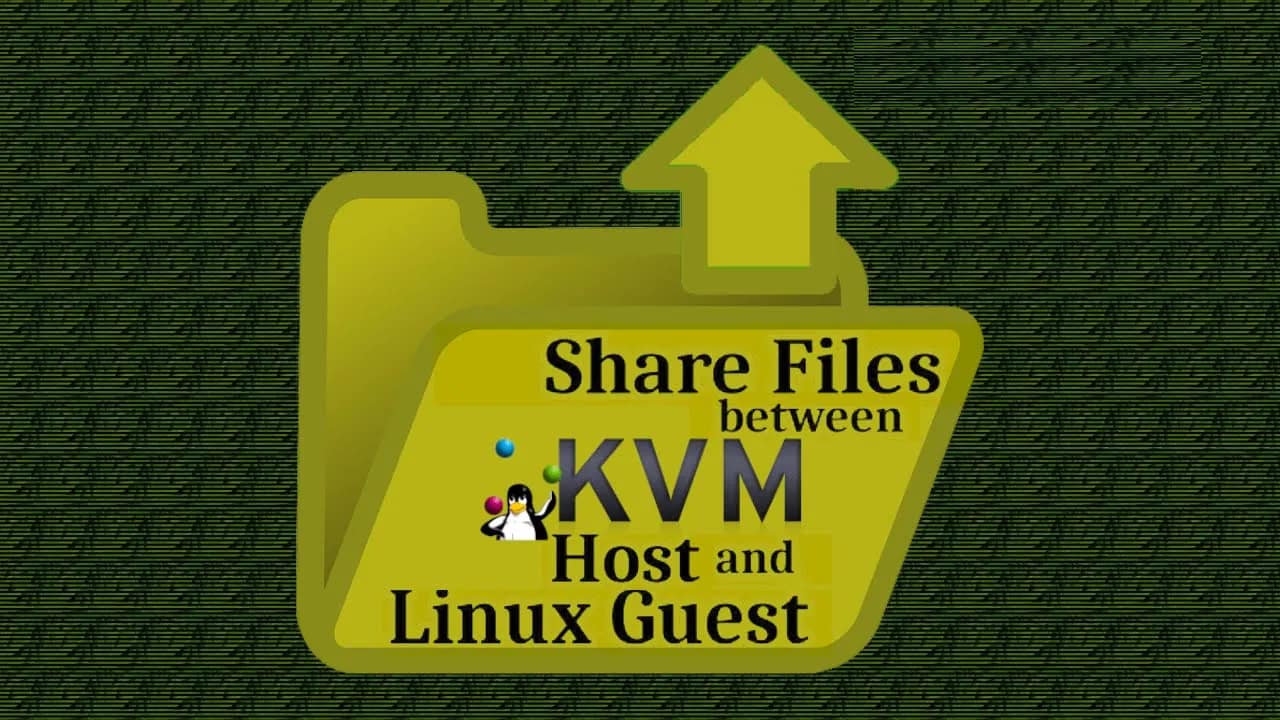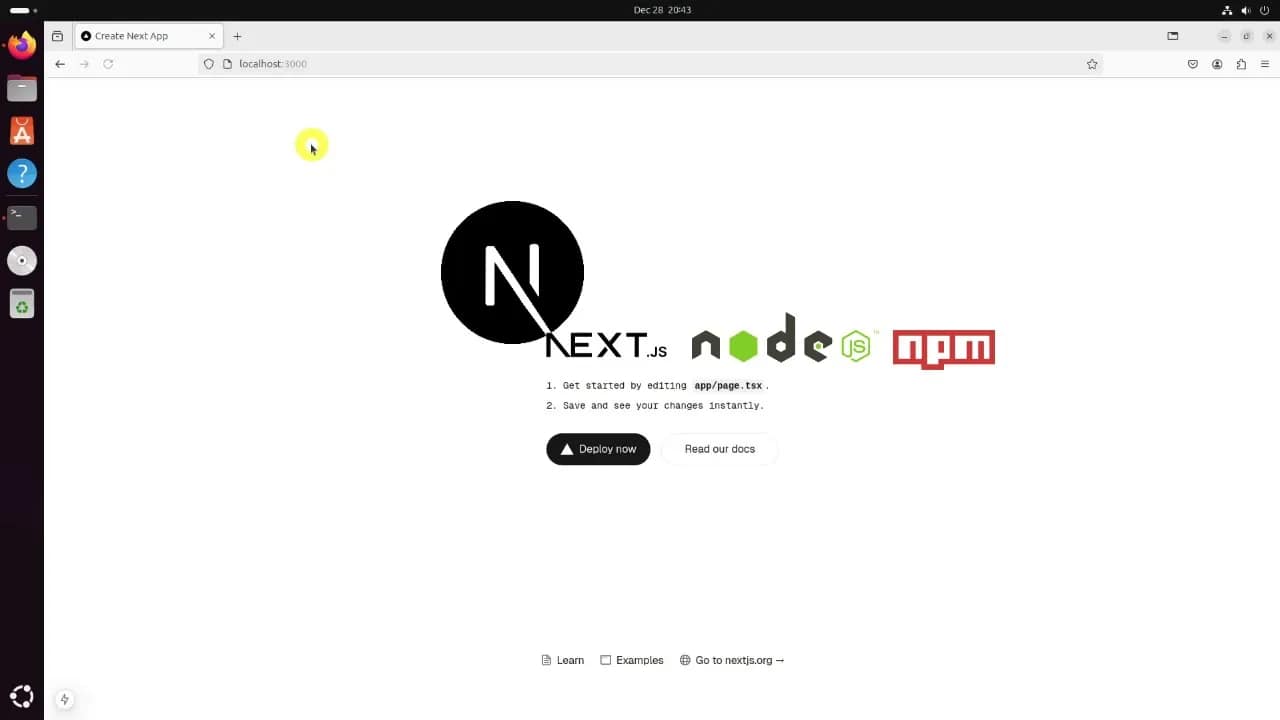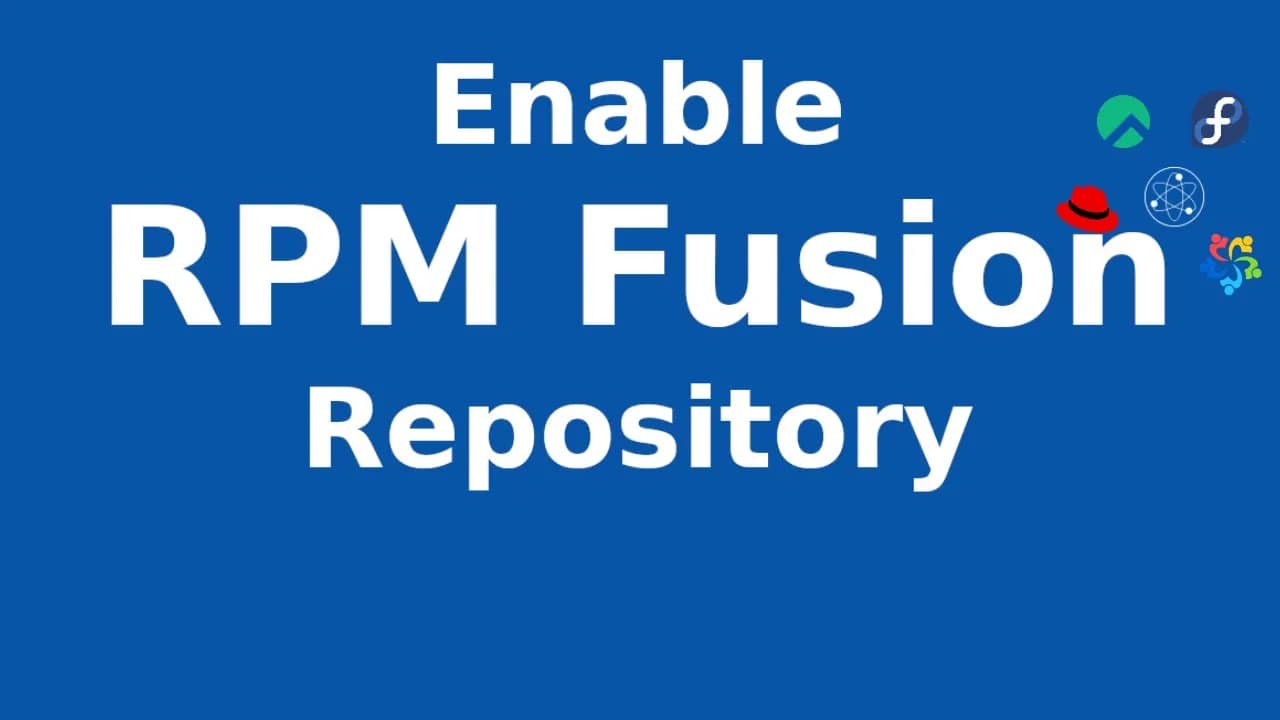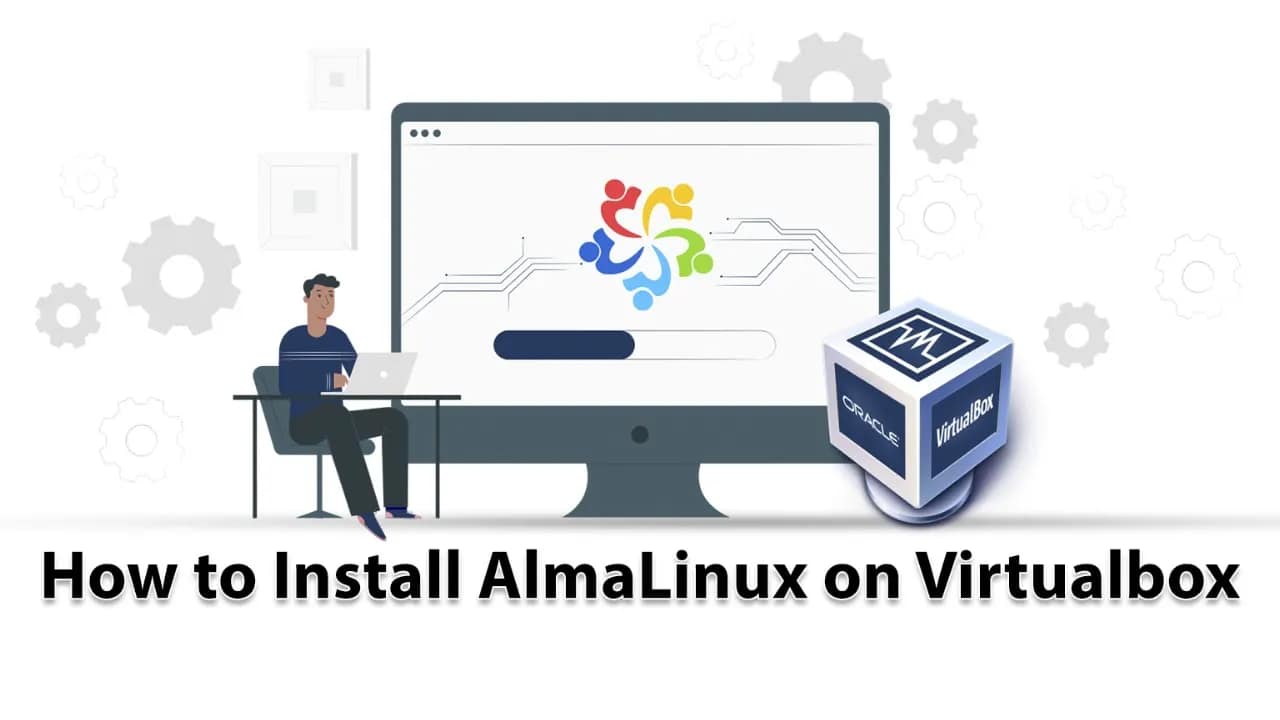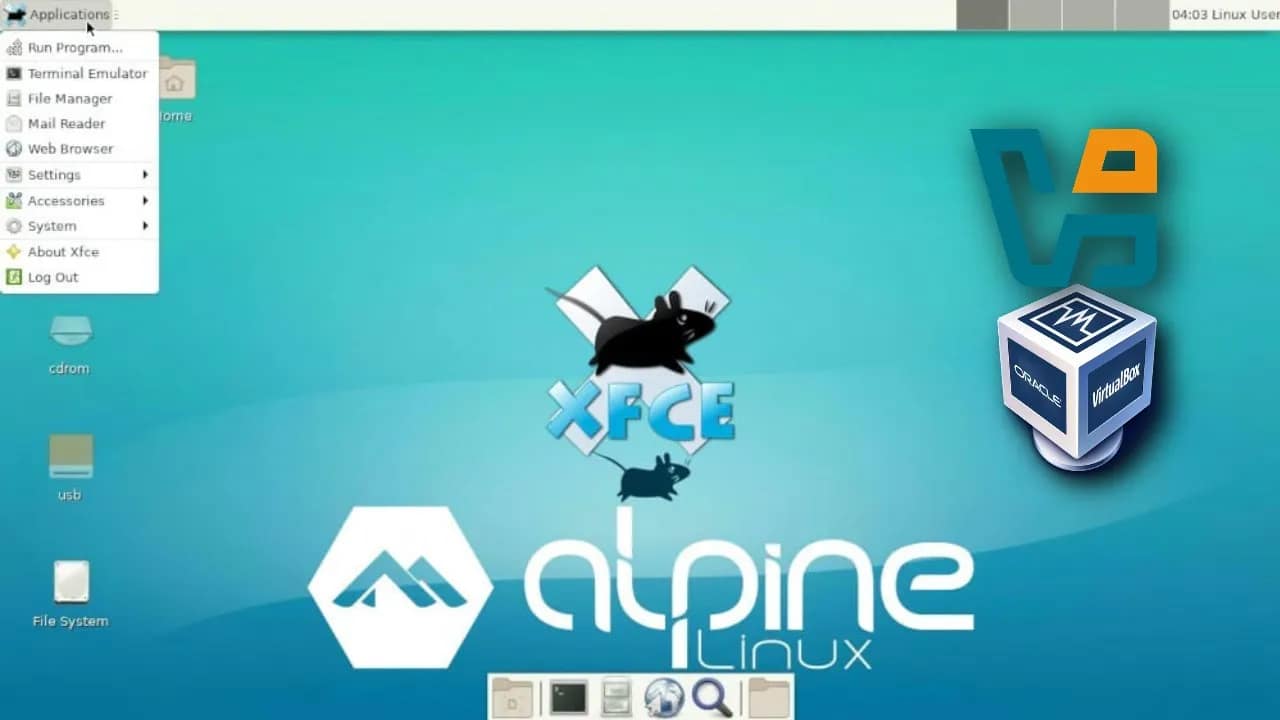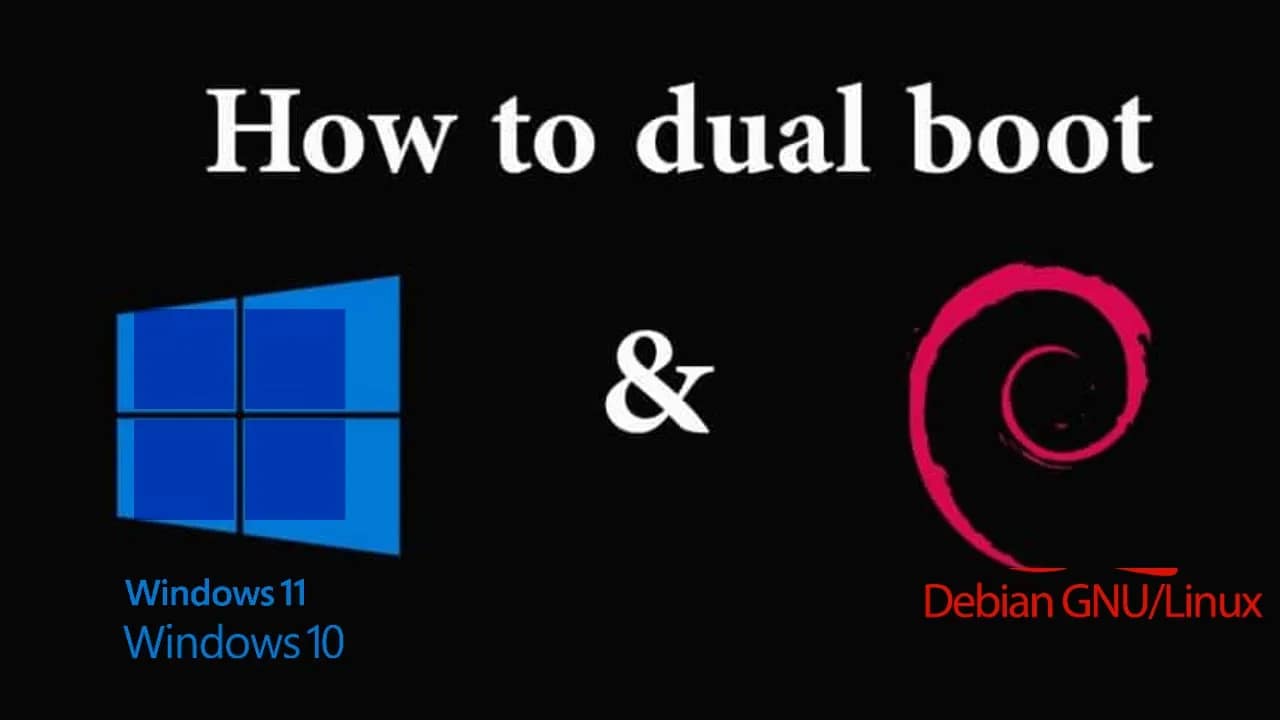Your cart is currently empty!
Blocking a program from accessing the internet can help protect your data, improve performance, or stop annoying auto-updates. Whether you’re using Windows or Mac, here’s a straightforward guide on how to block a program using your system’s built-in firewall tools. 🔒 Why Block a Program in Your Firewall? You might want to block a program…
If you’re managing a Linux system, regular backups aren’t optional—they’re essential. Whether you’re running a personal server, a small business VPS, or your own workstation, losing data can cost you time, money, or worse. Restic is a fast, secure, and efficient backup tool that’s easy to use and designed with security in mind. In this…
If you’re running Fedora on a personal device and want to skip the login screen every time you boot up, enabling automatic login is quick and simple. This guide shows you how to do it safely using either the GNOME GUI or by editing system files directly. ⚠️ Note: Automatic login is not recommended on…
If you’re running virtual machines with KVM (Kernel-based Virtual Machine), setting up a shared folder between the host and guest can make transferring files much easier. Whether you’re testing applications or developing software inside your VM, a shared folder saves time and effort. This guide walks you through how to set up a shared folder…
Fedora is a great Linux distro — clean, fast, and close to upstream. But out of the box, it doesn’t support many multimedia formats due to licensing and patent issues. So if you’re trying to play MP3s, watch H.264 videos, or stream content on Fedora and things aren’t working, this guide will fix that. Here’s…
If you’re running Fedora, RHEL, AlmaLinux, or Rocky Linux, you’ll likely run into a situation where the default software repositories don’t include some popular tools—like certain media codecs, proprietary drivers, or additional open-source applications. That’s where RPM Fusion comes in. RPM Fusion provides extra packages that Fedora and its downstream distributions exclude for licensing or…
If you’re looking for a reliable, free, RHEL-compatible Linux distribution, AlmaLinux is a solid choice. Running it on VirtualBox is a great way to test it out or develop in a controlled environment without affecting your main OS. Here’s how to install the latest version of AlmaLinux on VirtualBox. What You Need Before you begin,…
If you’re looking for a lightweight, secure, and fast Linux distribution to experiment with or use in a VM, Alpine Linux is a solid choice. It’s tiny—only around 5 MB for the base image—and built with security in mind. Here’s a simple guide to install the latest Alpine Linux in VirtualBox. What You’ll Need Step-by-Step…


